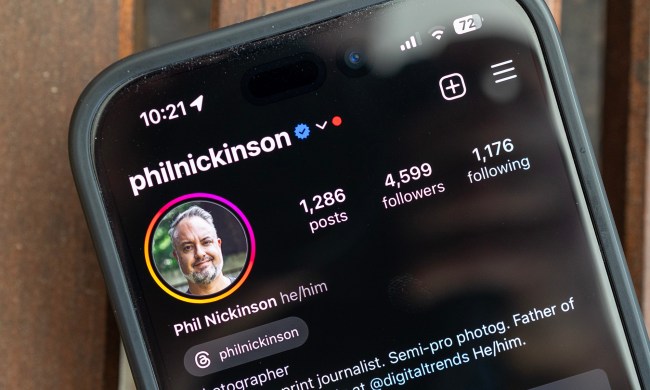
According to Facebook’s recent biannual transparency report, as many as 60 percent of government requests for data come with a gag order — that means that if the government wants to access your data, 60 percent of the time it includes directives preventing Facebook from telling you about it.
This is actually the first time that Facebook has offered information about how many requests have a gag order — that’s because of a recent U.S. law change that allows the company to do so. Ironic — data about gag orders is no longer under a gag order.
Of course, it’s possible that these gag orders could be removed sometime in the future. Microsoft is a key company in the court battles over removing the orders, saying that such laws violate both the First and Fourth amendments — the First being against the creation of any law that impedes free speech, and the Fourth requiring notice to be given in the case of the government seizing your property.
Facebook also mentioned in the report that data requests went up as much as 13 percent in the second half of 2015 compared to the first. Not only that, but the number of posts being censored because of local laws has increased — part of this is reportedly due to a photo that circulated after the Paris terrorist attacks. The photo violated a French law that protects human dignity.
Facebook reaffirmed that it did not provide the government with any backdoors to its data, and that every request for data is highly scrutinized by the company to see whether or not it’s warranted.



